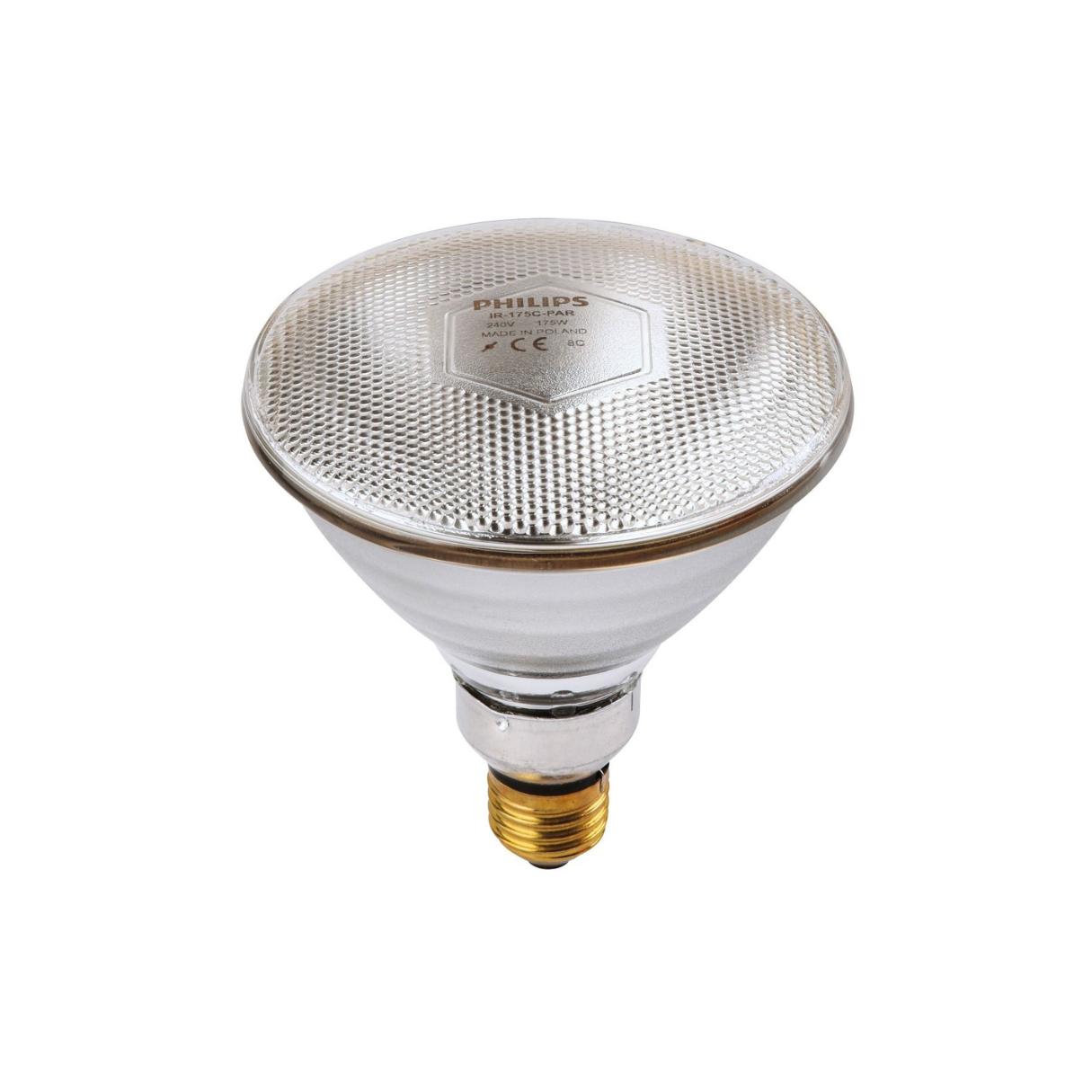

Articles
What Is A PAR Light Bulb
Modified: December 7, 2023
Discover everything you need to know about par light bulbs in this comprehensive collection of articles. Learn about their features, benefits, and how to choose the right one for your needs.
(Many of the links in this article redirect to a specific reviewed product. Your purchase of these products through affiliate links helps to generate commission for Storables.com, at no extra cost. Learn more)
Introduction
Welcome to the world of par light bulbs! If you’re new to the world of lighting or are simply curious about different types of light bulbs, you’ve come to the right place. In this article, we will explore what par light bulbs are, their features, benefits, applications, and factors to consider when choosing one.
Lighting plays a crucial role in creating the right ambiance and setting the mood in any space, be it residential, commercial, or even outdoor areas. Par light bulbs are a popular choice in the lighting industry due to their versatility and effectiveness.
So, what exactly is a par light bulb? Let’s delve into the definition and characteristics of these unique lighting solutions.
Key Takeaways:
- Par light bulbs offer highly directional lighting, adjustable beam control, and energy efficiency, making them ideal for highlighting specific objects and creating the desired ambiance in various settings.
- When choosing a par light bulb, consider factors such as wattage, beam angle, color temperature, dimmability, energy efficiency, and compatibility with your lighting fixtures to ensure the right fit for your specific lighting needs.
Read more: What Does PAR30 Light Bulb Mean
Definition of a Par Light Bulb
A par light bulb, short for parabolic aluminized reflector, is a type of lighting fixture that consists of a reflective coating inside a parabolic-shaped bulb. This reflective coating helps to direct and control the light emitted, resulting in a focused and concentrated beam. The parabolic shape of the bulb helps to enhance the light output and increase the efficiency of the lamp.
Par light bulbs are commonly used in track lighting, recessed lighting, and spotlights to illuminate specific objects or areas. They come in different wattages, beam spreads, and color temperatures, allowing users to customize their lighting setups to meet their specific needs and preferences.
One of the key characteristics of par light bulbs is their ability to produce a highly directional light beam. Unlike other types of light bulbs that emit light in multiple directions, par bulbs concentrate the light in a specific direction, making them ideal for highlighting artwork, stage performances, or architectural features.
In terms of construction, par light bulbs typically have a built-in lens that helps to control the beam angle and reduce glare. This lens can be clear or frosted, depending on the desired lighting effect. Additionally, par bulbs are available in various sizes, with the designation of “par” followed by a number that represents the diameter of the bulb in eighths of an inch.
Overall, par light bulbs are known for their versatility and efficiency. Whether you need to illuminate a stage, highlight a product in a retail store, or enhance the aesthetics of your home, par light bulbs provide a reliable and effective lighting solution.
Features of Par Light Bulbs
Par light bulbs offer a range of features that make them a popular choice for various lighting applications. Understanding these features can help you determine if par light bulbs are the right fit for your lighting needs. Let’s explore some of the key features of par light bulbs:
- Directional Lighting: Par light bulbs are designed to provide highly directional lighting. With their focused beam, they can effectively illuminate specific areas or objects without scattering light in unwanted directions.
- Beam Control: Par light bulbs come with built-in lenses that allow for easy control over the beam spread and angle. Users can adjust the lens to create narrow spotlights or wider floodlights, depending on their lighting requirements.
- Efficiency: Par light bulbs are known for their efficiency in converting electricity into light. This means they produce a high amount of light output while using relatively less energy, making them an environmentally friendly and cost-effective lighting option.
- Long Lifespan: Par light bulbs are designed to have a long lifespan, providing hours of continuous lighting. This makes them suitable for applications where consistent and reliable lighting is required while minimizing the need for frequent bulb replacements.
- Various Color Temperatures: Par light bulbs are available in different color temperatures, ranging from warm white to cool white. This allows users to create the desired ambiance and mood for their space, whether it’s a cozy and relaxing environment or a bright and vibrant one.
- Durability: Par light bulbs are constructed with robust materials, making them resistant to vibrations and impact. This durability makes them suitable for installation in various settings, including outdoor areas or venues with high foot traffic.
- Ease of Installation: Par light bulbs are designed to fit into standard lighting fixtures, making them easy to install or replace. They are available in different bases, such as screw-in or pin-based, ensuring compatibility with a wide range of fixtures.
These are just some of the key features that make par light bulbs stand out in the lighting market. By considering these features, you can determine if par light bulbs are the right choice for your specific lighting requirements.
Types of Par Light Bulbs
Par light bulbs come in various types, each offering specific characteristics and applications. Understanding the different types of par light bulbs can help you choose the most suitable option for your lighting needs. Here are some of the common types of par light bulbs:
- PAR16: PAR16 bulbs are compact and typically used for accent lighting or task lighting. They have a narrow beam angle and are ideal for highlighting specific objects or areas.
- PAR20: PAR20 bulbs are slightly larger than PAR16 bulbs and offer a wider beam angle. They are widely used in track lighting, recessed lighting, and display lighting applications.
- PAR30: PAR30 bulbs are larger than PAR20 bulbs and have a broader beam angle. They are commonly used for general lighting applications, such as lighting up large spaces or providing ambient lighting in residential or commercial settings.
- PAR38: PAR38 bulbs are the largest among the PAR series bulbs. They offer a wide beam angle and high lumen output, making them suitable for outdoor lighting, security lighting, or areas that require bright and intense illumination.
- PAR64: PAR64 bulbs are larger and more powerful than the previously mentioned types. They are commonly used for stage lighting, concert lighting, and theatrical applications where a high amount of light output is required.
Each type of par light bulb has its own specifications in terms of wattage, beam angle, and color temperature. It’s important to consider the specific requirements of your lighting project when choosing the appropriate type of par light bulb. Additionally, advancements in LED technology have led to the availability of PAR LED bulbs, which offer energy-efficient options with extended longevity.
When selecting a par light bulb, it’s essential to consider factors such as the desired beam angle, color temperature, and the intended application. By taking these factors into account, you can choose the right type of par light bulb to achieve the desired lighting effect and meet your specific lighting needs.
When choosing a par light bulb, consider the beam angle, color temperature, and dimmability to ensure it meets your specific lighting needs.
Benefits of Par Light Bulbs
Par light bulbs offer a range of benefits that make them a popular choice for various lighting applications. Whether you’re looking to enhance the aesthetics of your space or create a specific lighting effect, par light bulbs can provide several advantages. Here are some of the key benefits of using par light bulbs:
- Directional Lighting: Par light bulbs are designed to emit highly directional light, allowing you to focus the illumination on specific areas or objects. This makes them ideal for highlighting artwork, architectural features, or retail displays with precision.
- Flexible Beam Control: With the built-in lenses, par light bulbs offer adjustable beam control. You can easily change the beam angle from narrow spotlights to wide floodlights, adapting the lighting to suit your needs and desired ambiance.
- Energy Efficiency: Par light bulbs, especially those with LED technology, are highly energy-efficient. They convert a higher percentage of electricity into light, consuming less energy and reducing electricity costs in the long run. This makes them environmentally friendly as well.
- Long Lifespan: Par light bulbs have a longer lifespan compared to other types of bulbs. LED par bulbs, in particular, can last for thousands of hours, minimizing the need for frequent replacements. This saves both time and money on maintenance and replacement costs.
- Versatility: Par light bulbs are suitable for a wide range of applications. From residential lighting to commercial spaces, such as galleries, retail stores, and stages, par light bulbs can be used effectively to create the desired lighting effects, enhance visibility, and highlight specific elements.
- Instant and Flicker-Free Lighting: Par light bulbs, especially LED variants, provide instant illumination without any warm-up time. They also offer flicker-free lighting, ensuring a comfortable and stable visual experience, making them ideal for photography, videography, and events where consistent lighting is crucial.
- Durability: Par light bulbs are built to withstand vibrations and impacts, making them suitable for various environments. This durability ensures their longevity, even in high-traffic areas or outdoor settings.
- Enhanced Color Rendering: Par light bulbs are available in different color temperatures, allowing you to choose the right option for your space. They provide excellent color rendering, accurately representing the true colors of objects, which is crucial in areas such as art galleries or showrooms.
These benefits make par light bulbs a preferred choice for both residential and commercial lighting needs. Whether you’re looking for focused accent lighting or widespread illumination, par light bulbs offer the versatility, efficiency, and durability required to meet your lighting expectations.
Read more: What Is A Light Bulb
Applications of Par Light Bulbs
Par light bulbs find numerous applications across different industries and settings. Their versatility and ability to provide focused and controlled lighting make them suitable for various lighting needs. Let’s explore some of the common applications where par light bulbs are widely used:
- Track Lighting: Par light bulbs are commonly used in track lighting systems. They can be easily installed on tracks and adjusted to direct light onto specific areas or objects, making them an ideal choice for highlighting artwork, retail displays, or architectural elements.
- Recessed Lighting: Par light bulbs are often used in recessed lighting fixtures installed in ceilings. They provide focused illumination and can be directed towards specific areas or rooms, creating a well-lit and visually appealing space.
- Display Lighting: Par light bulbs are perfect for illuminating retail displays, merchandise, or exhibits in museums or galleries. Their directional light output helps attract attention and enhance the visibility of products or artworks.
- Outdoor Lighting: Par light bulbs, especially PAR38 bulbs, are commonly used for outdoor lighting applications. They can be used to highlight landscaping features, illuminate pathways or entrances, and provide security lighting for residential or commercial properties.
- Stage and Performance Lighting: Par light bulbs, particularly PAR64 bulbs, are extensively used in stage and performance lighting setups. Their high lumen output, beam control, and color options allow for dynamic and impactful lighting effects during concerts, theatrical performances, or live events.
- Architectural Lighting: Par light bulbs can be utilized for architectural lighting to accentuate the design and features of buildings. They can be used to highlight facades, columns, or specific architectural details, adding a dramatic effect and visual appeal to the structure.
- Photography and Videography: Par light bulbs, with their directional and adjustable lighting, are commonly used in photography studios and video production settings. They provide consistent illumination, excellent color rendering, and minimize shadows, ensuring optimal lighting conditions for capturing high-quality images and videos.
These are just a few examples of the diverse applications of par light bulbs. Whether it’s for residential, commercial, or entertainment purposes, par light bulbs offer a versatile lighting solution that can enhance the aesthetics, visibility, and atmosphere of any space or event.
Factors to Consider When Choosing a Par Light Bulb
When selecting a par light bulb for your specific lighting needs, it’s important to consider several factors. These factors will help you choose the right bulb that meets your requirements and ensures optimal lighting performance. Here are some key factors to consider when choosing a par light bulb:
- Wattage: Consider the wattage of the par light bulb to ensure it provides the desired brightness for your space. Higher wattages typically generate more lumens, resulting in brighter illumination.
- Beam Angle: Determine the desired beam angle based on the area or object you want to illuminate. A narrower beam angle provides a focused spotlight effect, while a wider beam angle spreads the light more evenly.
- Color Temperature: Choose the color temperature that suits the mood and ambiance you want to create. Warmer color temperatures (e.g., 2700K-3000K) create a cozy and intimate atmosphere, while cooler color temperatures (e.g., 5000K-6500K) provide a brighter and more vibrant lighting effect.
- Dimmability: Determine whether you require a dimmable par light bulb for flexible lighting control. Not all par bulbs are compatible with dimmer switches, so ensure the bulb’s packaging specifies its dimming capabilities.
- Energy Efficiency: Consider opting for energy-efficient par light bulbs, particularly those with LED technology. LED bulbs consume less energy and have a longer lifespan, resulting in cost savings over time and reduced environmental impact.
- Color Rendering Index (CRI): If color accuracy is essential for your lighting applications (e.g., retail displays or artwork showcasing), choose a par light bulb with a high CRI. A higher CRI value indicates better color rendering, ensuring that colors appear vivid and true to life.
- Compatibility: Ensure that the par light bulb is compatible with your lighting fixture. Check the base type (e.g., screw-in or pin-based) and ensure it matches the socket of your fixture for a secure and proper connection.
- Budget: Consider your budget when choosing a par light bulb. LED bulbs may have a higher upfront cost, but their energy efficiency and longer lifespan can result in long-term savings. Evaluate the cost-effectiveness and potential return on investment for your specific lighting needs.
By considering these factors, you can narrow down your options and find the ideal par light bulb that matches your desired lighting effect, energy efficiency requirements, and budget considerations. It’s always beneficial to consult with lighting professionals or refer to manufacturer specifications to ensure the selected bulb meets your specific needs.
Conclusion
Par light bulbs offer a versatile and effective lighting solution for a wide range of applications. Whether you’re looking to highlight specific objects, create dramatic lighting effects, or provide general illumination, par light bulbs provide the necessary features and flexibility to meet your needs.
From their directional lighting capabilities to their adjustable beam angles, par light bulbs allow you to customize your lighting setup and create the desired ambiance. Their energy efficiency, long lifespan, and excellent color rendering make them both cost-effective and visually appealing options.
When choosing a par light bulb, consider factors such as wattage, beam angle, color temperature, dimmability, energy efficiency, and compatibility with your lighting fixtures. By understanding these factors and assessing your specific lighting requirements, you can select the right par light bulb that aligns with your needs and preferences.
Whether you are illuminating a retail display, highlighting artwork, providing landscape lighting, or enhancing stage performances, par light bulbs deliver reliable and effective lighting solutions.
In conclusion, par light bulbs offer outstanding benefits such as directional lighting control, versatility, energy efficiency, and durability. They are a popular choice among homeowners, designers, and lighting professionals looking to achieve optimal lighting effects in various settings.
So, whether you’re brightening up your living space, adding accent lighting to your retail store, or setting the stage for a memorable performance, par light bulbs are an excellent choice that can elevate your lighting design and create the desired visual impact.
Frequently Asked Questions about What Is A PAR Light Bulb
Was this page helpful?
At Storables.com, we guarantee accurate and reliable information. Our content, validated by Expert Board Contributors, is crafted following stringent Editorial Policies. We're committed to providing you with well-researched, expert-backed insights for all your informational needs.
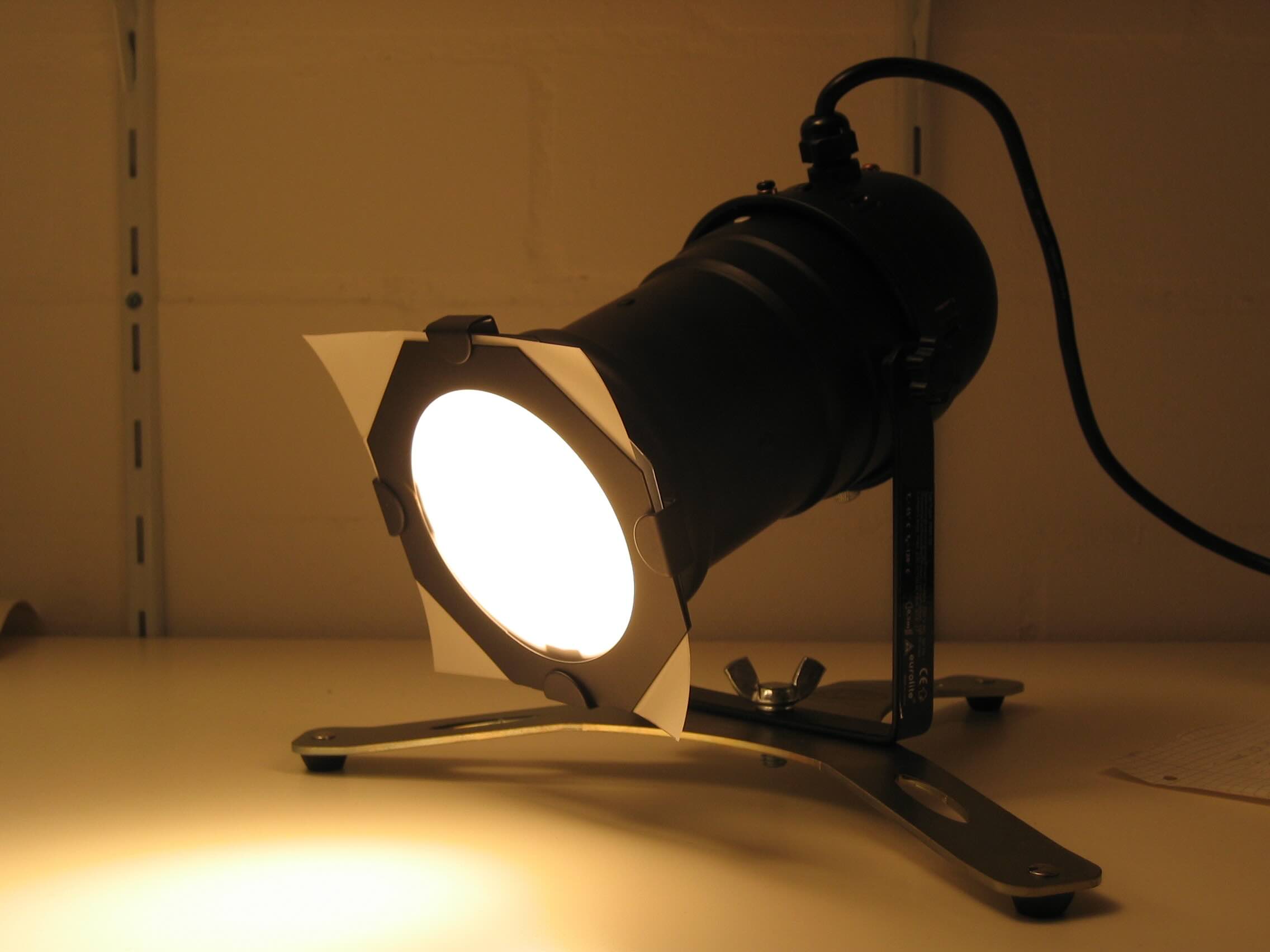
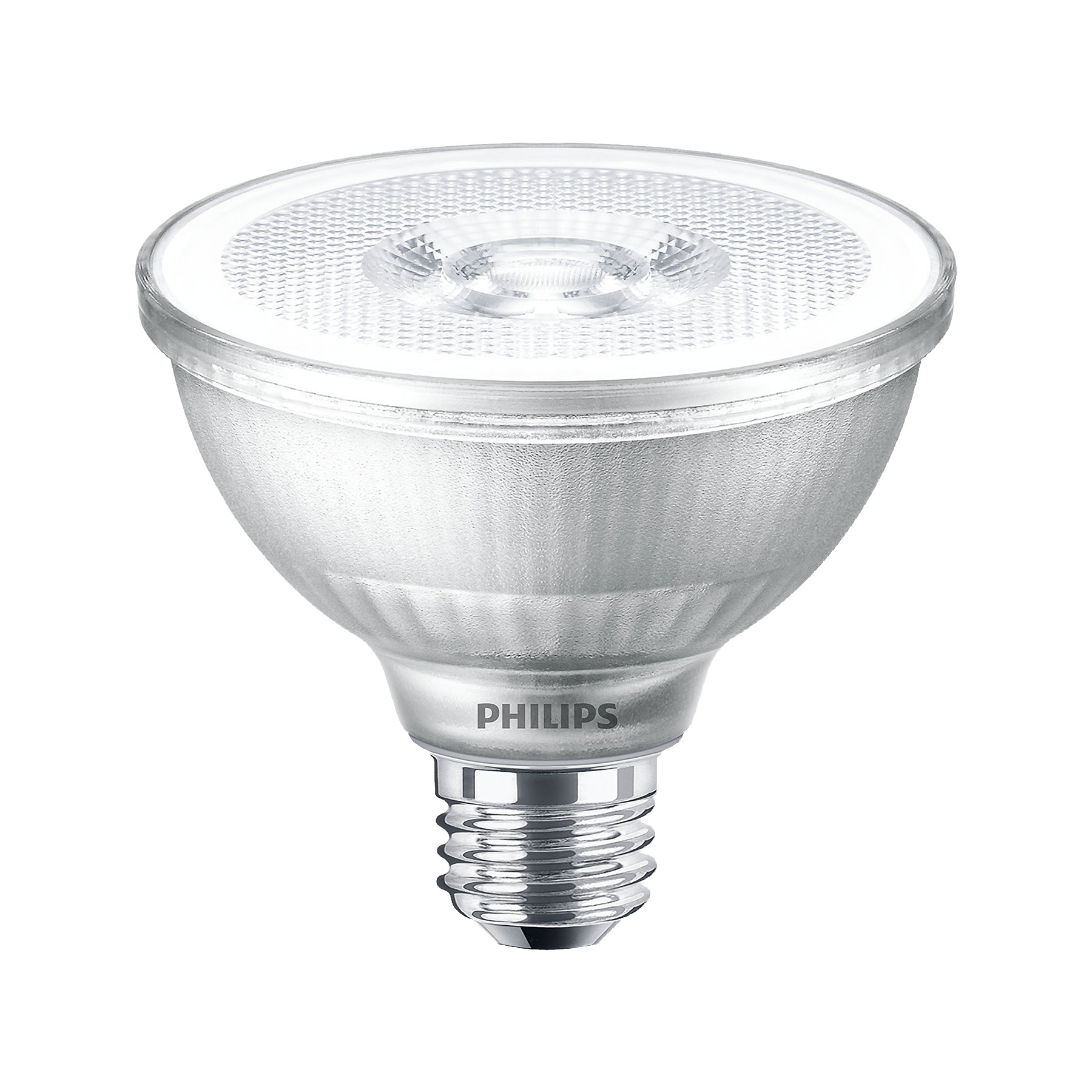

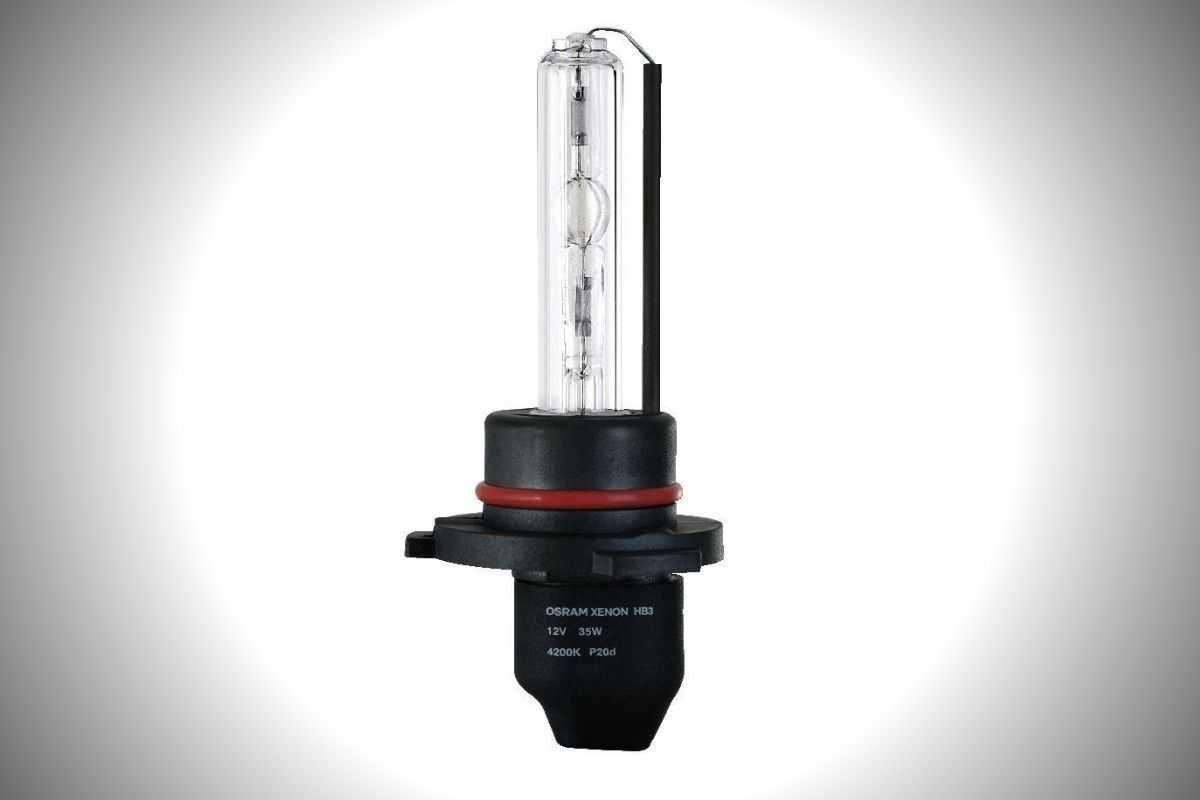
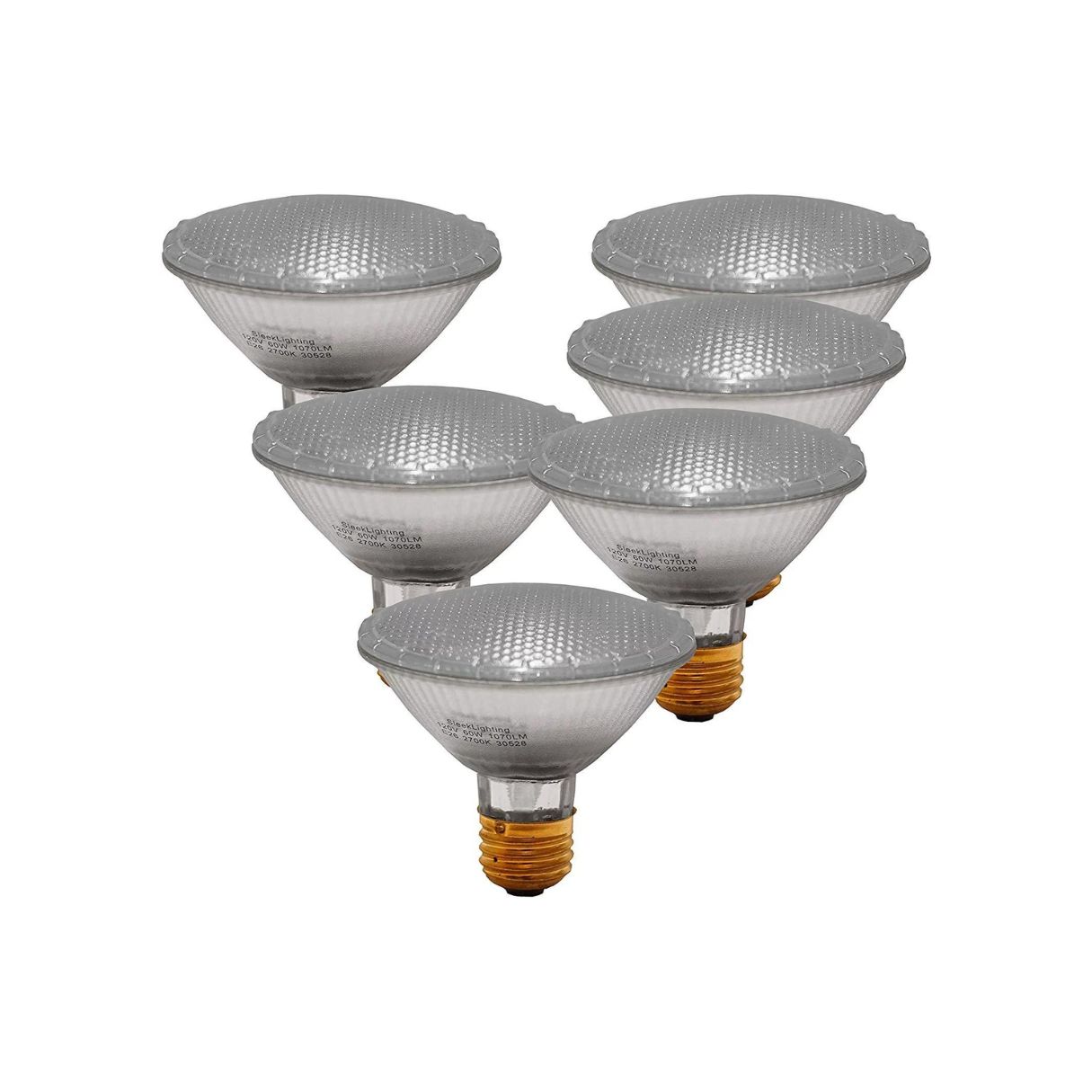
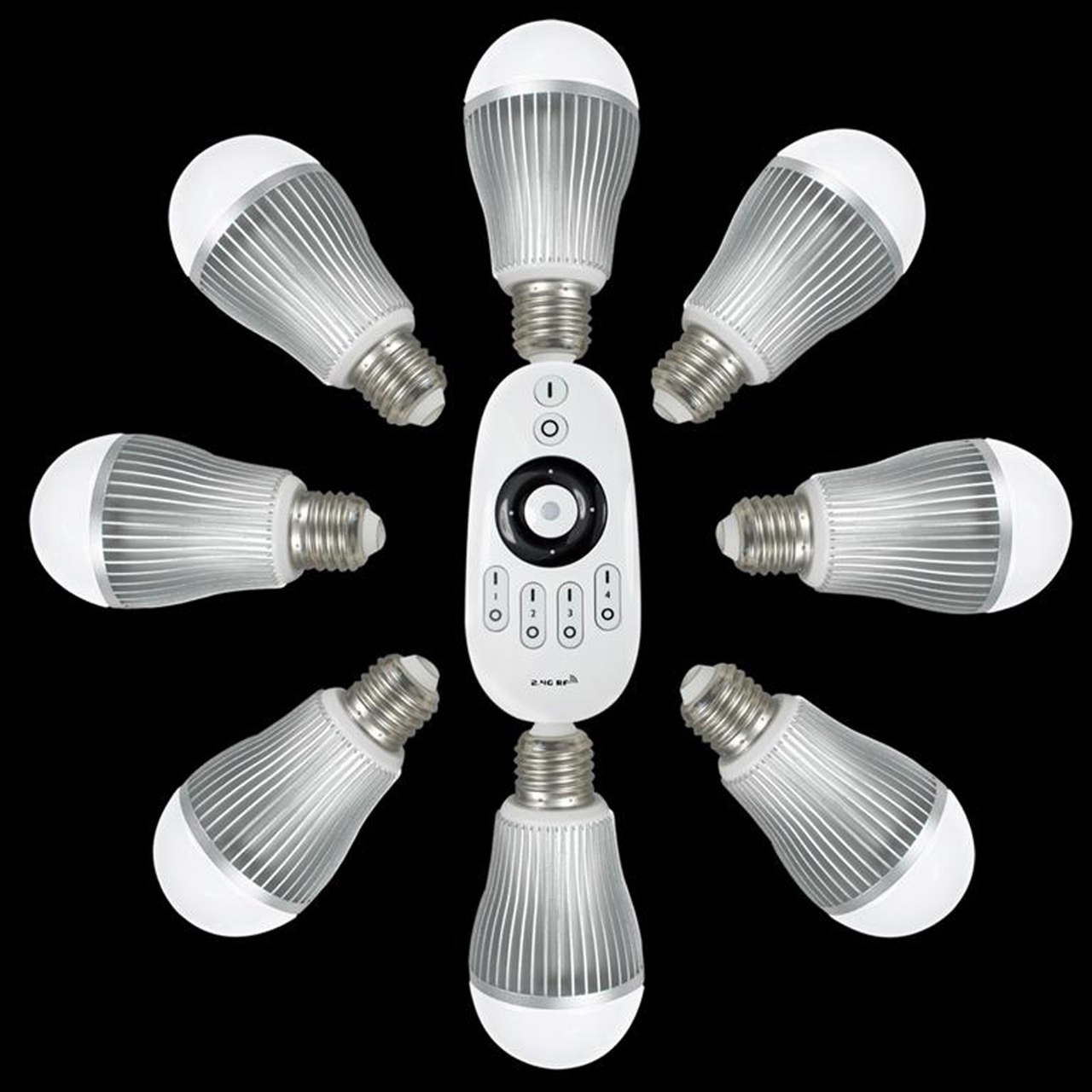
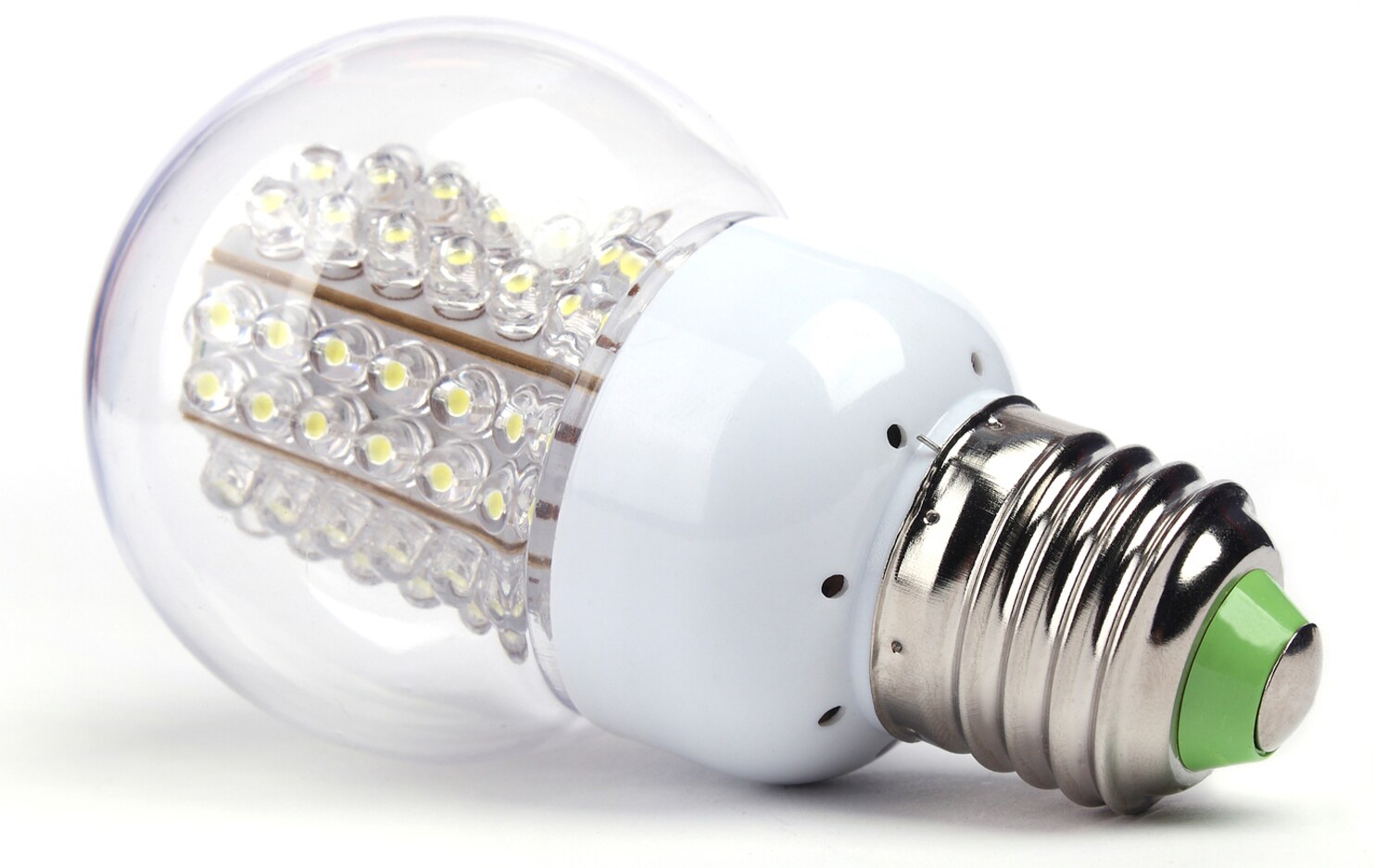
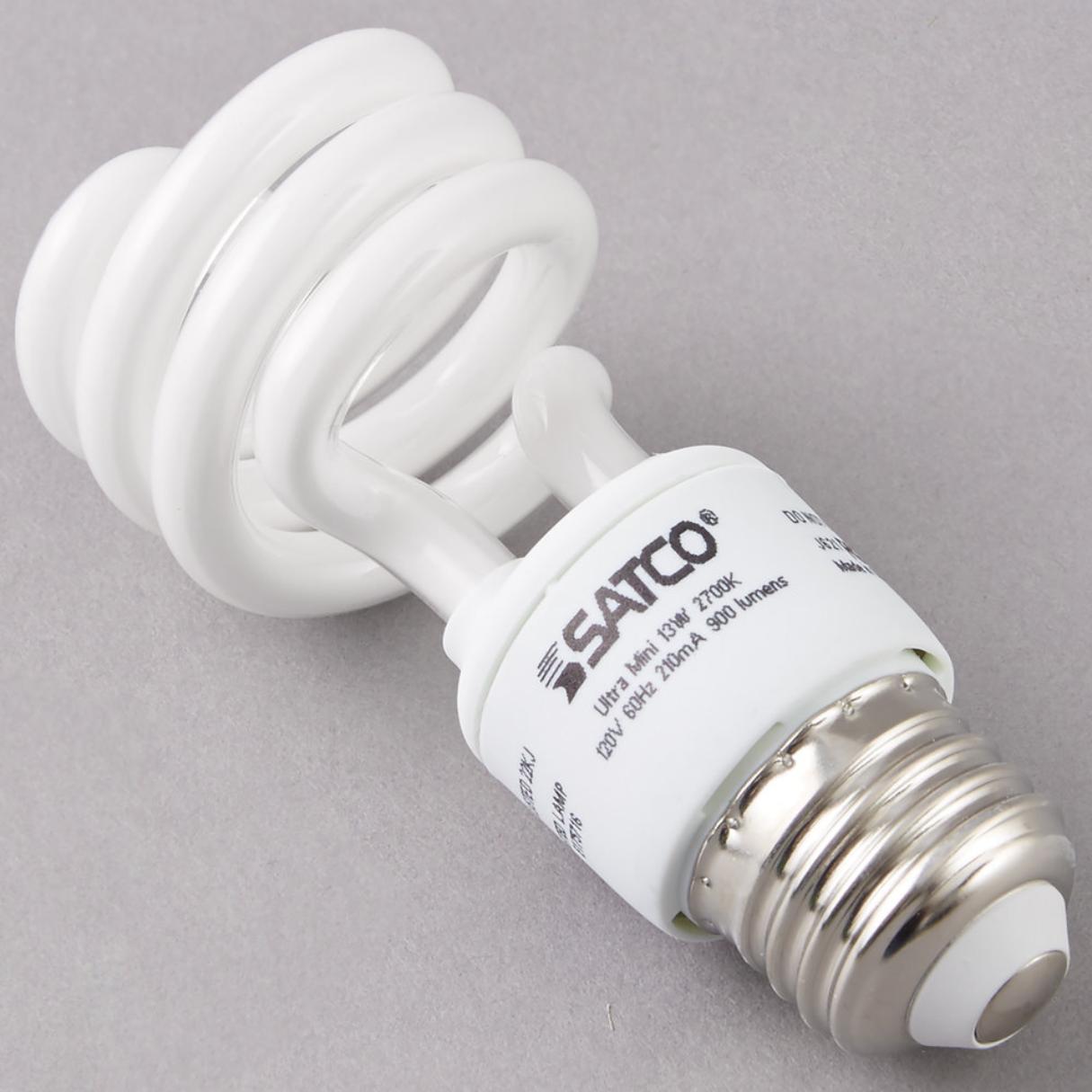
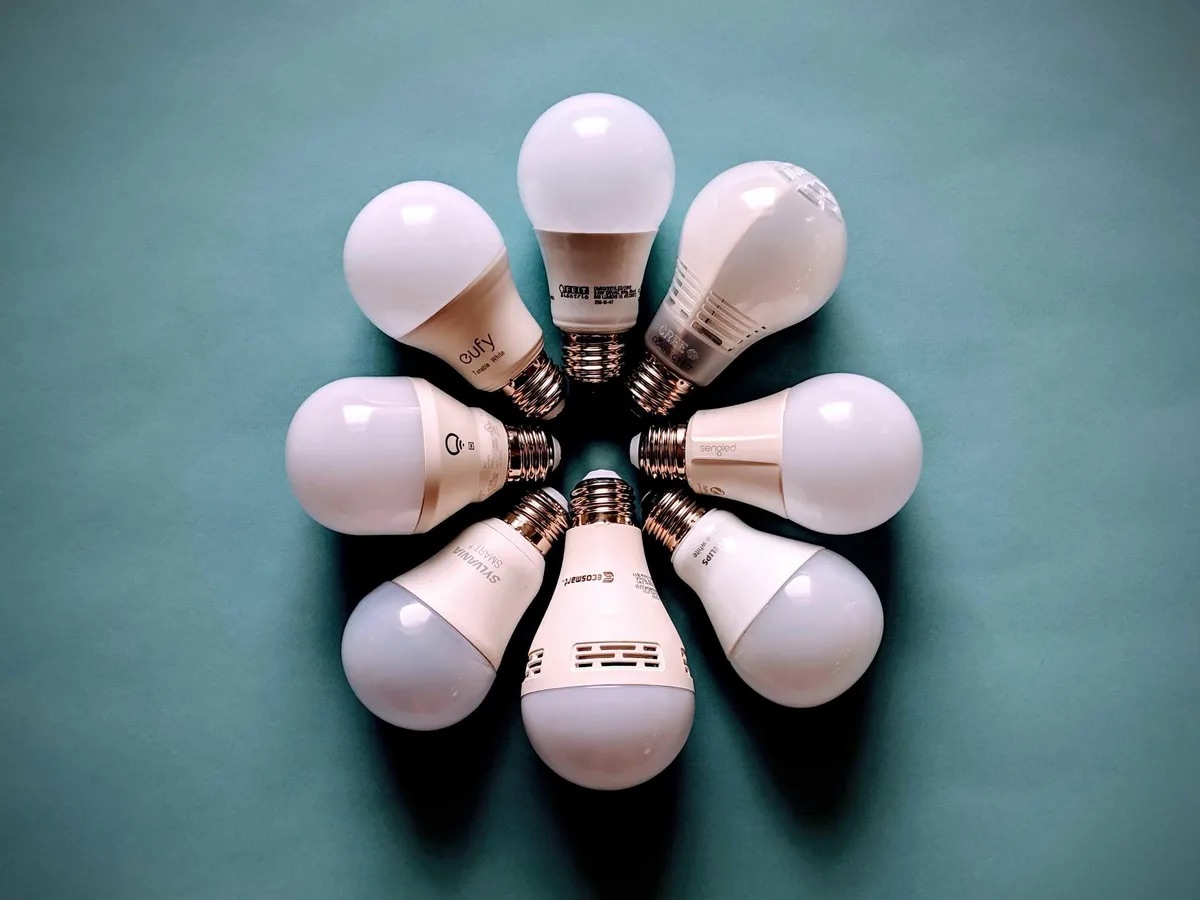

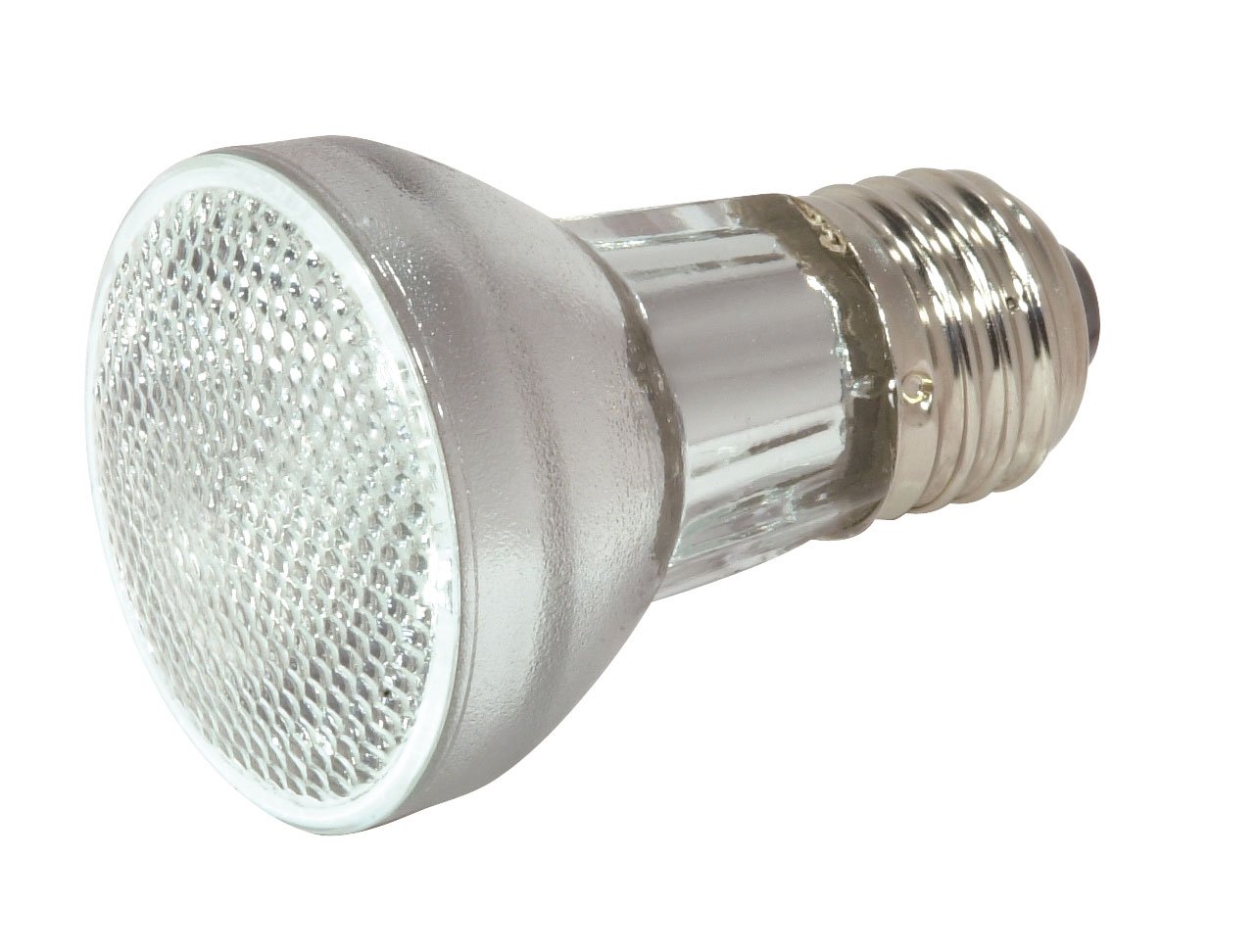
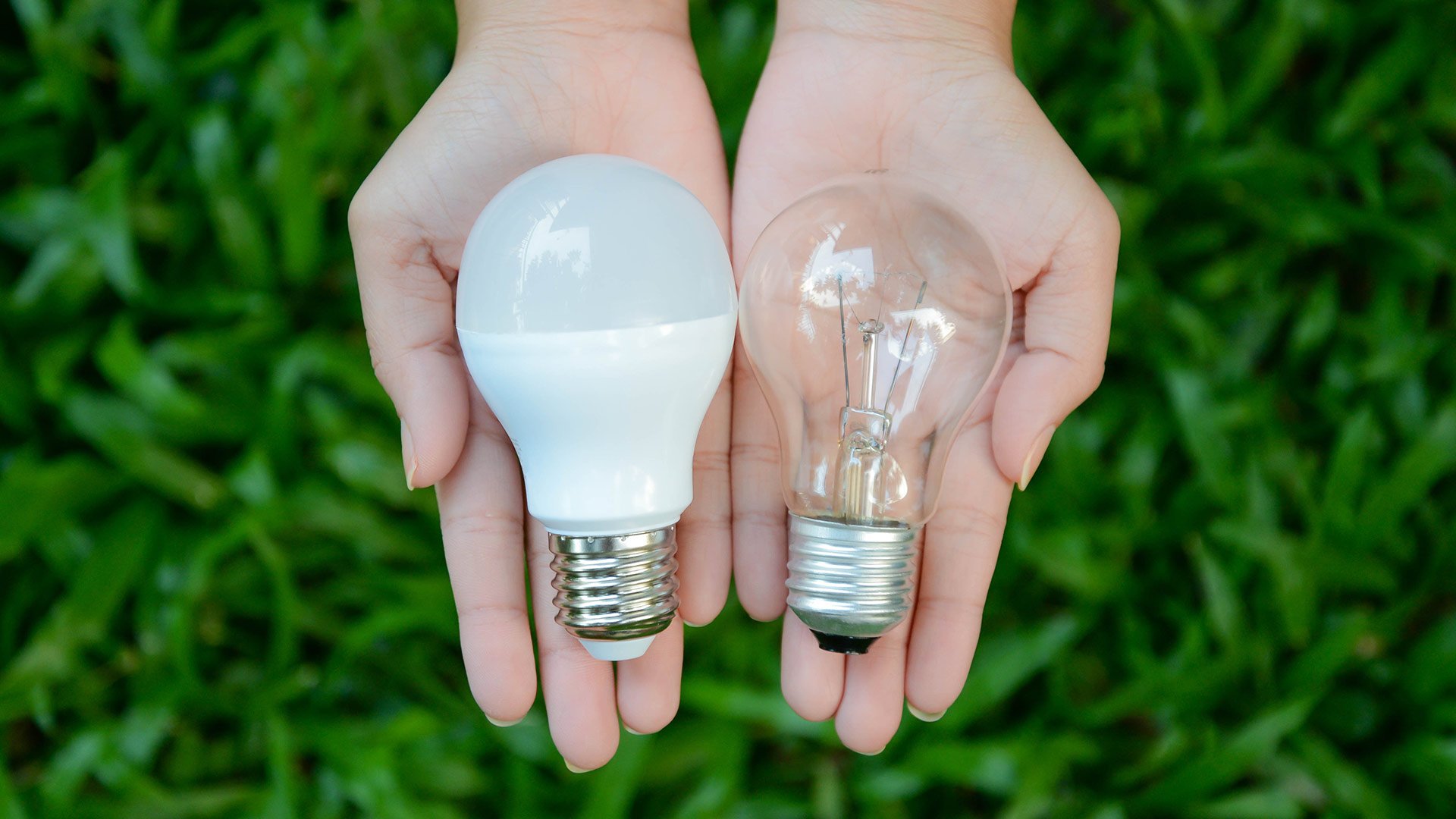
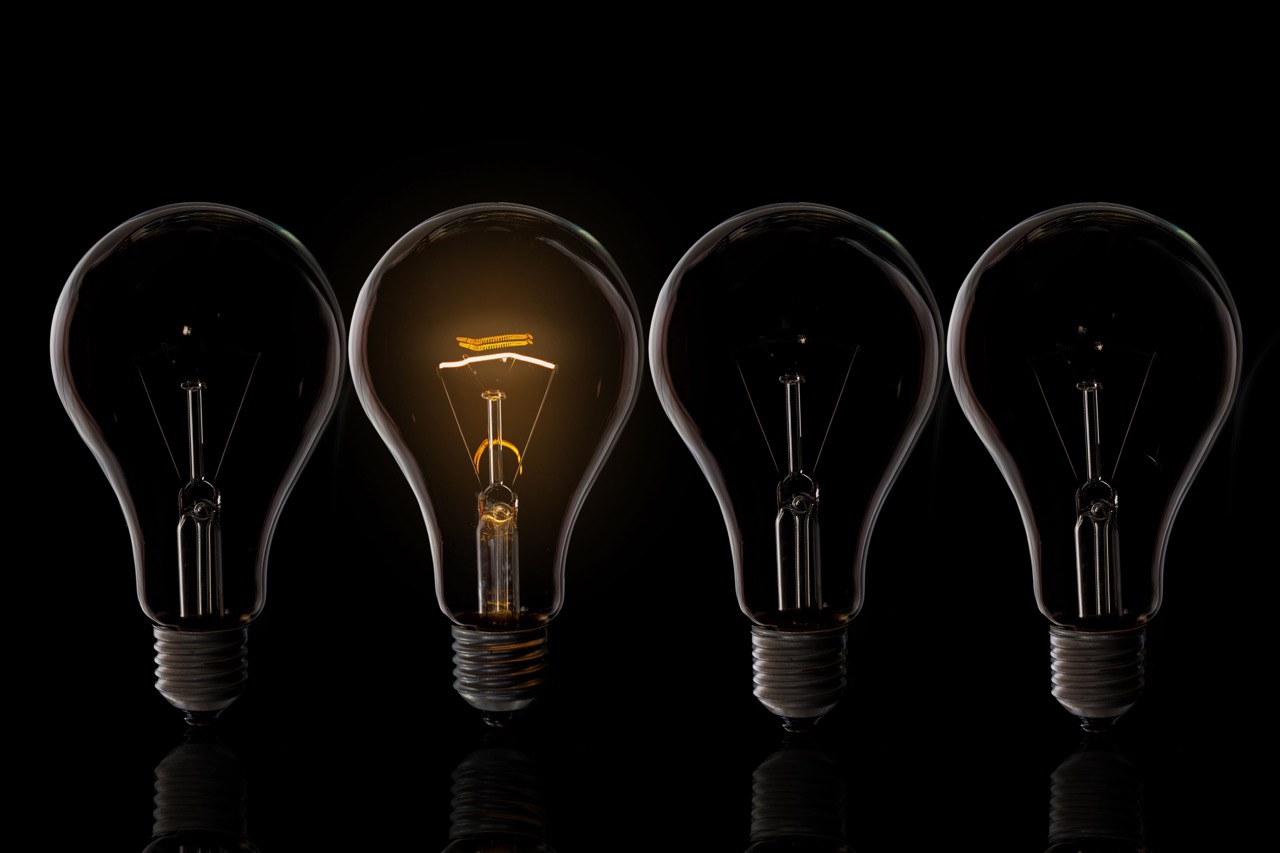
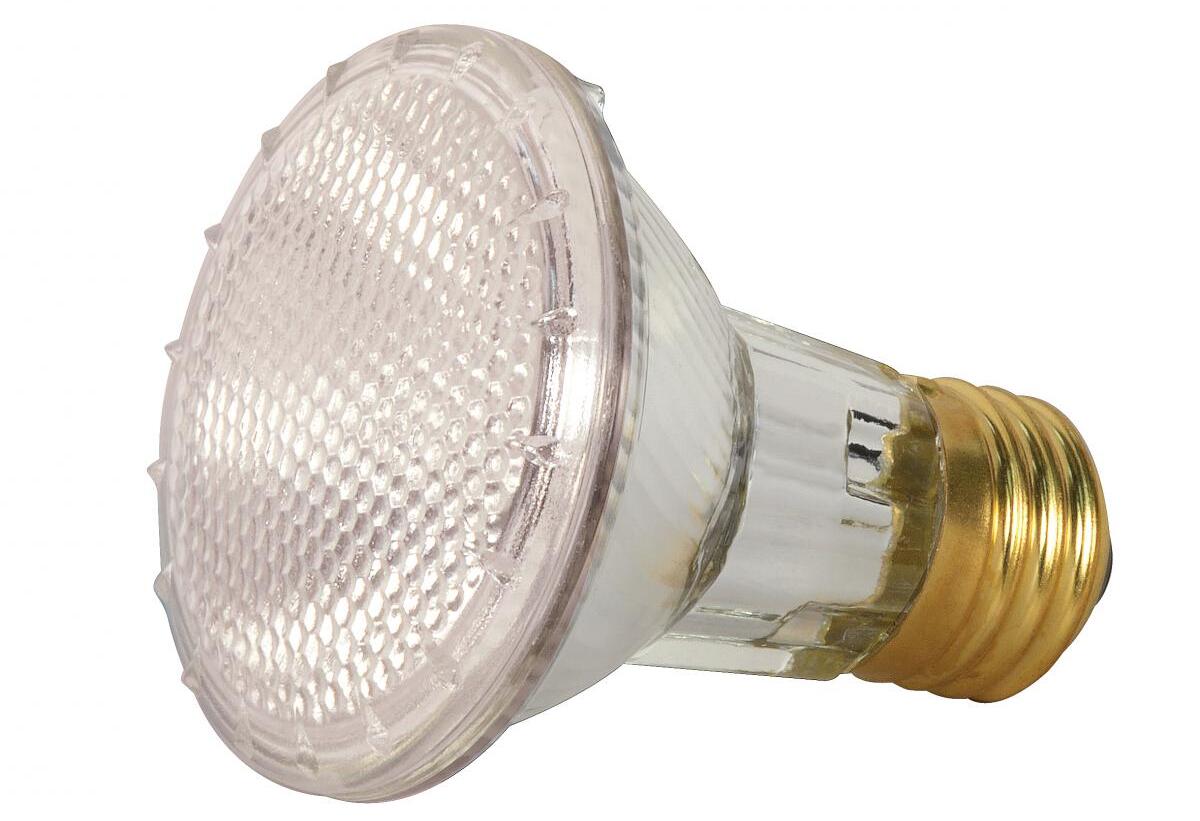

0 thoughts on “What Is A PAR Light Bulb”